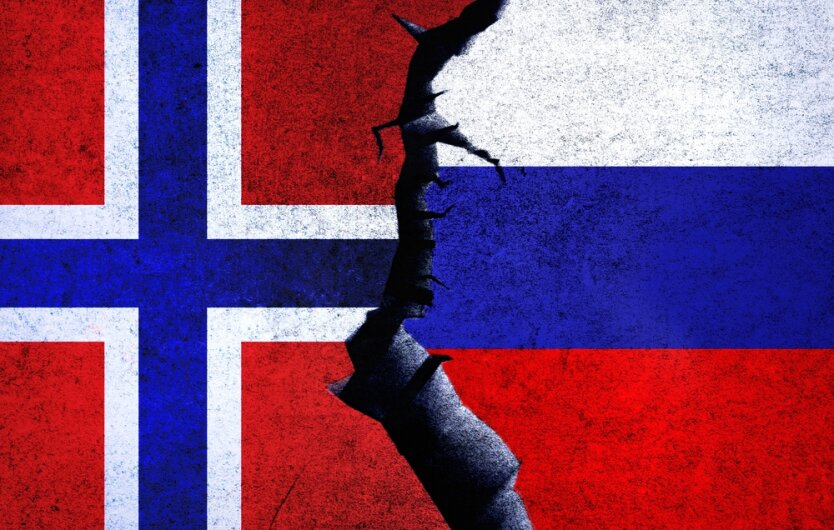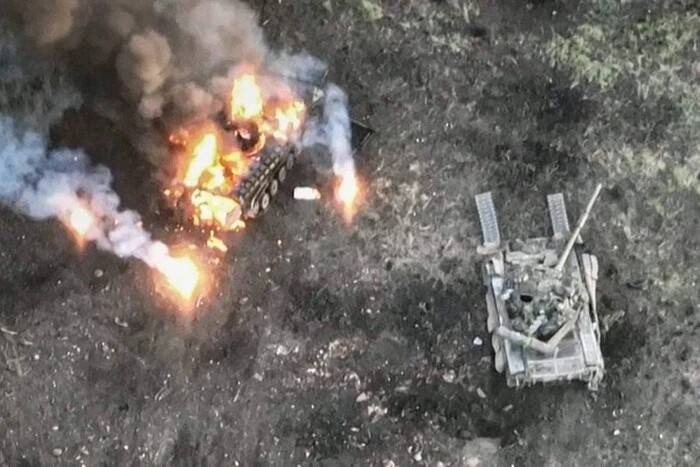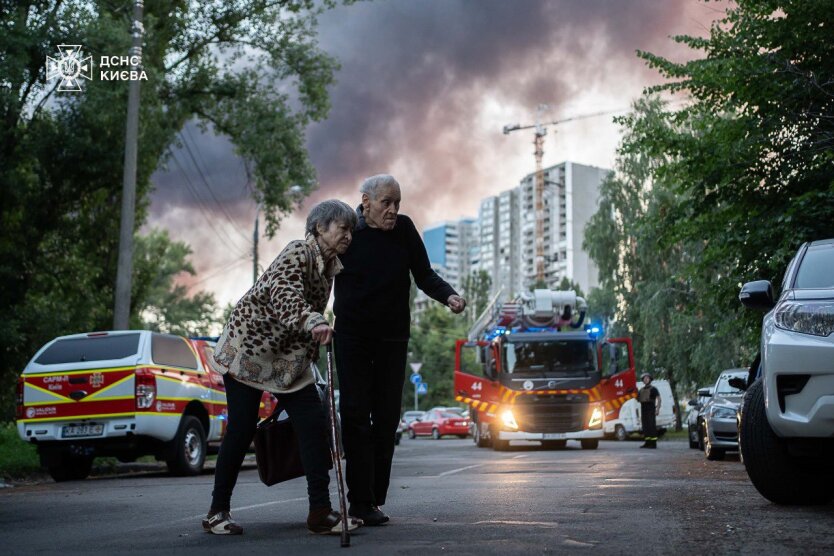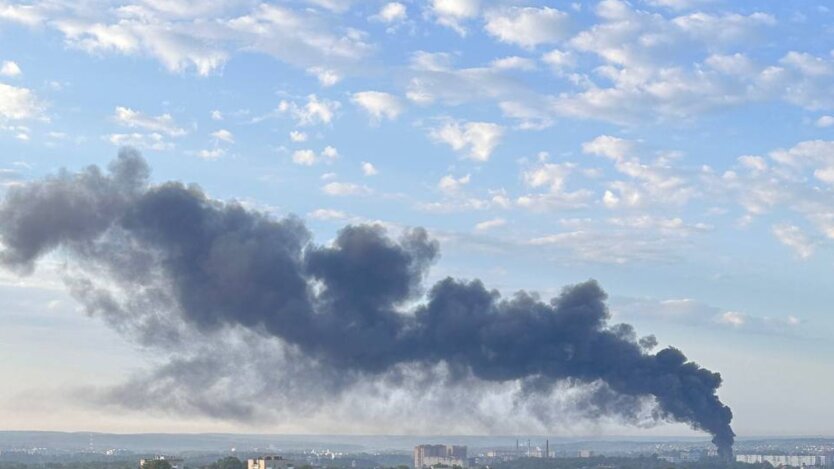Norway recorded a spike in radiation at the border with Russia, - The Barents Observer.


Traces of radioactive cesium-137 were found in the air near the Norwegian-Russian border.
The Norwegian Radiation and Nuclear Safety Authority (DSA) reported the discovery of traces of radioactive cesium-137 in air filters at the Viksjøfjell and Svanhovd stations in the second week of September. The source of radioactivity is still unknown.
According to DSA representatives, the amount of cesium detected is "very low." Bredo Møller, an Emergency Preparedness Department employee of DSA in Svanhovd, told The Barents Observer: "The levels are clearly above normal but do not pose a threat to people or the environment."
The concentration of cesium-137 was 5 μBq/m³ at the Svanhovd station from September 9 to 16, and the same concentration was recorded at the Viksjøfjell station from September 5 to 12. DSA plans to conduct additional analyses in the coming days.
It is important to note that no other radioactive isotopes were found in the filters. It is also unknown whether similar results were recorded on the Russian side of the border.
The source of radioactivity remains undefined. There are several potential explanations:
Marine reactors on submarines and icebreakers operating in the Barents Sea.
Wildfires that can lift radioactivity into the air, remaining from the Chernobyl accident in 1986 or atmospheric nuclear tests until 1962.
Activities at the Pankovo test site on Novaya Zemlya, where tests of the nuclear-powered cruise missile "Burevestnik" are believed to be conducted.
The Barents Observer recorded cargo ships, special purpose vessels, and two large Rosatom Il-76 transport planes.
DSA continues to monitor the situation and carry out additional analyses. Currently, radiation levels do not pose a threat, but the situation remains closely monitored by experts.
Read also
- Trump announces negotiations with China regarding the TikTok deal
- Putin wants to go all the way and kill people: Trump commented on the conversation with Zelensky
- Enemy losses as of July 5, 2025 – General Staff of the Armed Forces of Ukraine
- The US is sabotaging Trump's peace plan: expert names the culprit in the Pentagon
- Ukraine Awaits a Summer of Ruthless Attacks: WSJ Reveals Putin's New Plan
- Response on 'Shahedi': The Armed Forces of Ukraine struck a key defense industry facility in the Moscow region










